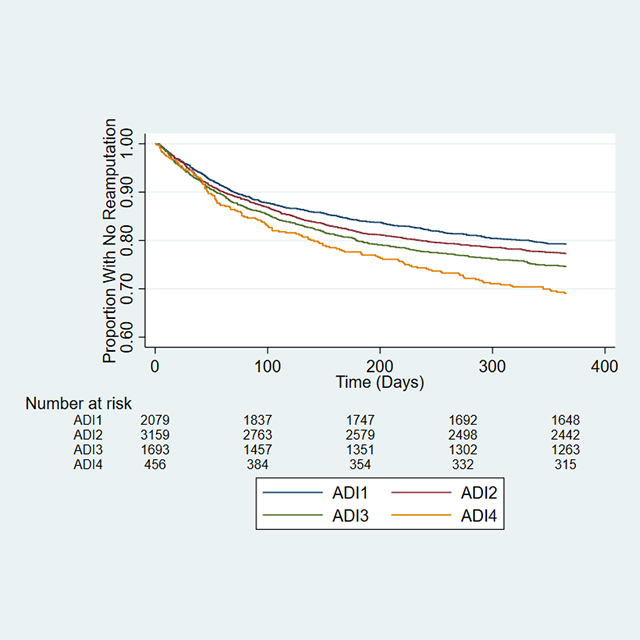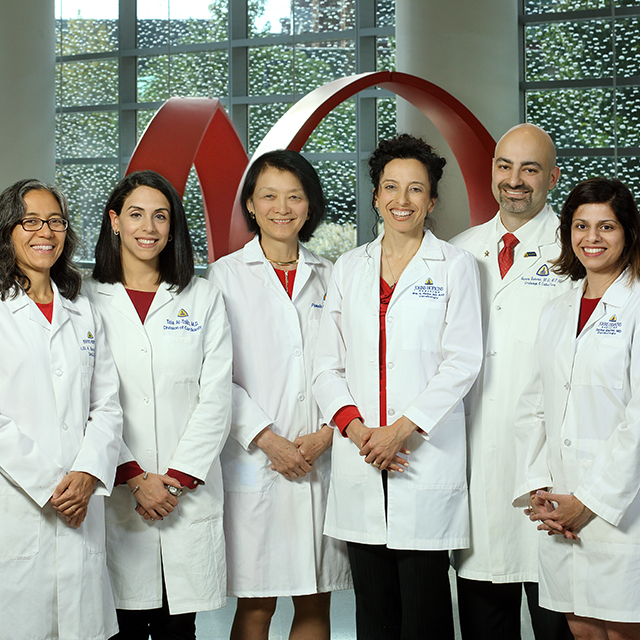Because aortic disease affects far fewer patients than other prevalent heart conditions, such as coronary artery disease, finding a center with expertise in all aspects of care for those with aortic problems is particularly important, says Jennifer Lawton, chief of the Division of Cardiac Surgery at Johns Hopkins.
“We ideally want as many of the right experts as possible looking at each patient’s imaging and history, and examining them to determine the best course of action,” she says. “Fortunately, we have that capability at Johns Hopkins.”
With a multidisciplinary team including cardiac surgeons, cardiologists, vascular surgeons, pulmonologists, radiologists, genetic cardiologists and genetic counselors, the Johns Hopkins Broccoli Center for Aortic Diseases offers that breadth of experience. The center also funds research to improve understanding and care of aortic conditions, Lawton says, and it trains the next generation of aortic disease specialists.
The Broccoli Center recently recruited Hamza Aziz, a former trainee at Johns Hopkins who completed his fellowship there earlier in 2020. Aziz emphasizes that being able to care for patients with aortic aneurysms, dissections or stenosis, leaking or narrowed valves, or genetic conditions that cause aortic issues such as Marfan syndrome or Loeys-Dietz syndrome often requires experts from different disciplines to work as a cohesive unit. For example, he says, he and his cardiac surgery colleagues work with cardiologists to perform minimally invasive transcatheter aortic valve replacement (TAVR) — a procedure developed within the past decade during which a bioprosthetic aortic valve is inserted inside a diseased aortic valve using a catheter fed through arteries.
The team also collaborates closely with colleagues in vascular surgery to repair extensive aneurysms involving ascending and descending aortic aneurysms. During a two-stage procedure, cardiac surgeons place a graft that vascular surgeons use to insert a stent in the descending aorta and help stabilize the aorta from dilating further.
Johns Hopkins has a long history of caring for patients with genetic problems that affect the aorta. Teams led by geneticist Harry Dietz, who joined the Johns Hopkins faculty in 1992 and is a member of the Broccoli Center’s team, discovered the genetic basis for both Marfan and Loeys-Dietz syndrome, the latter of which carries his name. Dietz and his colleagues in genetics refer patients with these and other connective tissue disorders that affect the aorta to their colleagues in cardiac surgery, who typically follow the patients for life.
“It’s rare for one place to hold this level of expertise in all aspects of aortic disease,” says Lawton. “We want patients to know that, whether it’s the most basic problem or the most complex, they’re in good hands here.”



